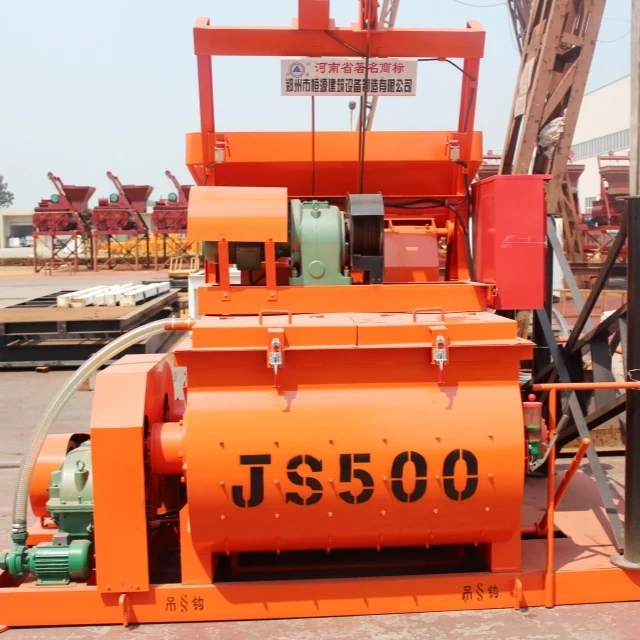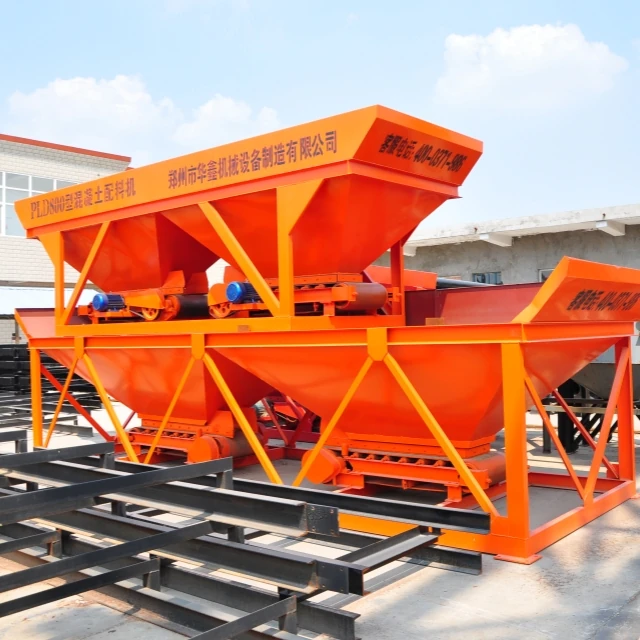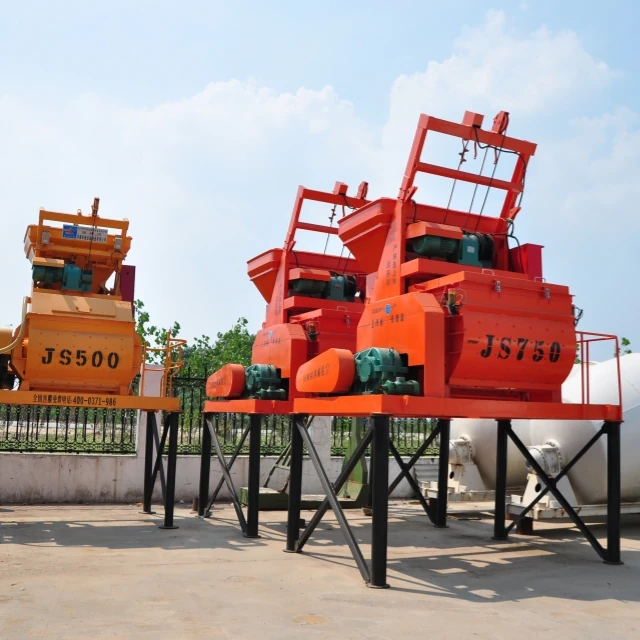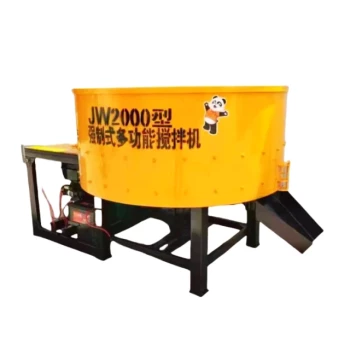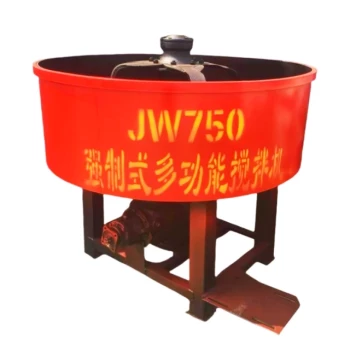Introduction
For construction firms and ready-mix producers, cement storage isn’t just about containment—it’s a strategic lever for cost control and operational efficiency. This article breaks down why 100-ton cement silos deliver outsized returns through:
- Space-saving vertical designs that maximize worksite real estate
- Engineered longevity surpassing 30+ years of service
- Bulk handling economics that slash material losses by 15–20%
We’ll analyze real-world implementations showing how these silos transform storage from a cost center to a profit multiplier.
Cement Storage Efficiency in Modern Construction
Space Optimization Through Compact Design
Vertical 100-ton silos occupy 60% less ground space than horizontal storage while holding equivalent material volumes. Their cylindrical form factor enables:
- Tight urban site integration – Install within 10m diameter footprints
- Modular stacking – Combine multiple units for scalable capacity
- Overhead discharge – Direct piping to mixers reduces transfer labor
Ever wondered how skyscraper projects store cement in cramped downtown lots? The answer lies in upward-expanding storage architectures.
Engineering Behind Decades-Long Durability
High-grade steel silos with these features outlast temporary storage solutions:
- Galvanized coatings – 3x corrosion resistance vs. painted surfaces
- Conical bottoms – Prevent material bridging and ensure complete discharge
- Reinforced seams – Withstand 2.5x design pressure loads
A 2022 industry report found properly maintained silos averaging 34 years of service—justifying their premium over short-term alternatives.
Cost Dynamics of Bulk Material Handling
Initial Investment vs Lifetime Value Analysis
While 100-ton silos require higher upfront costs ($18K–$25K), their lifetime costs are 40% lower than alternatives:
| Cost Factor | Silos | Bagged Storage |
|---|---|---|
| Purchase Price | $22K | $8K |
| 10-Year Maintenance | $3K | $14K |
| Material Waste | 2% | 18% |
Key Insight: Silo ROI breakeven occurs within 2–3 years for most ready-mix plants.
Operational Savings from Reduced Material Waste
Bulk silos eliminate two major loss sources plaguing bagged cement:
- Environmental exposure – Humidity degrades up to 12% of bagged stock monthly
- Handling spillage – Manual transfers waste 6–8% versus sealed pneumatic systems
A Texas concrete producer cut annual cement costs by $67,000 after switching to silos—despite higher initial outlay.
Implementation Success Stories
Ready-Mix Concrete Plant Capacity Expansion Case
Maryland’s Garlway-equipped RMC Inc. doubled output without land acquisition by:
- Installing four 100-ton silos in existing yard space
- Automating inventory tracking via load cell sensors
- Reducing order fulfillment time from 45 to 12 minutes
Result: 28% higher profit margins despite 15% lower per-yard pricing.
Infrastructure Project Storage Optimization Example
When the Ohio River Bridge project needed 24/7 cement access across three work zones, they deployed:
- Three mobile silos – Moved via Garlway winches as construction progressed
- Just-in-time deliveries – Cut idle inventory costs by $9,200/week
- Dust suppression systems – Avoided $175K in EPA fines
Conclusion & Next Steps
100-ton cement silos aren’t containers—they’re profit engines. To capitalize:
- Audit current storage losses – Measure waste percentages and labor hours
- Model silo ROI – Use our cost comparison table above
- Explore modular setups – Start with one silo, scale as needs grow
For firms using Garlway winches or mixers, integrating compatible silos creates a seamless bulk handling ecosystem. Where could your operation recover $50K+ annually through smarter storage?
Related Products
- HZS75 Concrete Batching Plant Cement Mixer Price Concrete Mixer Bunnings Mixing Plant
- HZS180 Ready Mix Concrete Plant for Foundations with Sand and Cement
- JDC350 Small Cement Concrete Mortar Mixer
- HZS25 Best Cement Mixer for Quick Mix Concrete at Bunnings
- Mini Cement Mortar Mixer Truck for Construction
Related Articles
- How to Prevent Water Supply Freezing in Concrete Mixing Stations: Winter-Proof Strategies
- How to Prevent Equipment Failure in Concrete Mixing Stations: A Safety Inspector’s Guide
- Optimizing Concrete Plant Storage: How to Balance Capacity, Compliance, and Costs
- How to Prevent Cold-Weather Lubrication Failures in Concrete Mixing Stations
- How to Choose Between Concrete and Stabilized Soil Mixing Plants for Optimal Project Performance
